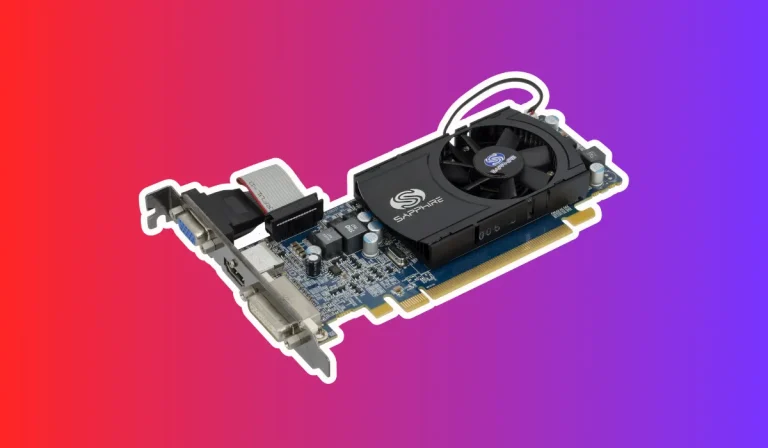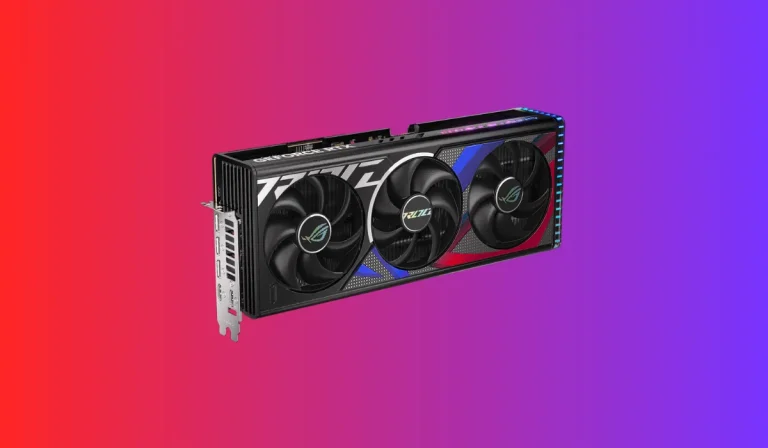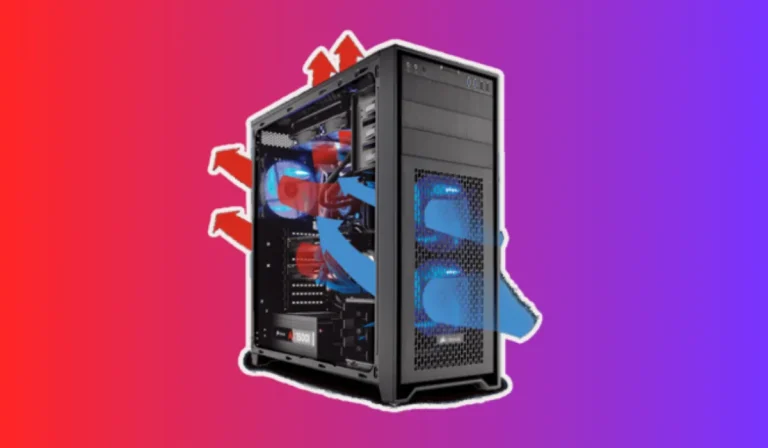How do I know if a CPU is compatible with my GPU?
Have you ever wondered why your computer sometimes struggles to keep up with demanding tasks like gaming or graphic design? The answer lies in the compatibility between the central processing unit (CPU) and the graphics processing unit (GPU).
Identifying GPU Compatibility
How do I check if my GPU is compatible with my CPU?
To begin with, you need to check the compatibility of your GPU with your CPU. One crucial aspect to consider is the CPU’s PCIe (Peripheral Component Interconnect Express) slots and their bandwidth.
The PCIe slots on your motherboard determine the connection between the CPU and the GPU. Different generations of CPUs and GPUs may have varying numbers and speeds of PCIe slots, so it’s important to match them accordingly. Consult the specifications of both your CPU and GPU to ensure compatibility.
Another factor to consider is the power requirements of your CPU and GPU. GPUs, in particular, can be power-hungry components, and it’s essential to check if your power supply can handle the load. Ensure that your power supply unit (PSU) has the necessary wattage and the required PCIe power connectors to support your GPU.
Are there any software tools available to check CPU-GPU compatibility?
Fortunately, there are software tools available that can simplify the process of checking CPU-GPU compatibility. These tools can provide you with detailed information about your CPU and GPU, including their specifications and compatibility.
Some popular software tools include CPU-Z, GPU-Z, and Speccy. By using these tools, you can quickly identify the compatibility between your CPU and GPU, saving you the hassle of manual research.
Overcoming Compatibility Issues
What if my CPU and GPU are not compatible?
If you discover that your CPU and GPU are not compatible, there are a few options to consider. One solution is to upgrade either the CPU or the GPU to a compatible model. Before making a decision, it’s important to research and compare the specifications of different CPUs and GPUs to find the best match for your needs and budget. Upgrading one or both components can help eliminate compatibility issues and ensure smooth system performance.
It’s worth noting that compatibility issues between a CPU and GPU can result in performance bottlenecks. This means that even if the components are technically compatible, one might limit the performance of the other. In such cases, upgrading both the CPU and GPU might be necessary to achieve the desired level of performance.
Can I use an adapter to make incompatible CPU-GPU combinations work?
While adapters exist for various computer components, using them to make incompatible CPU-GPU combinations work is not recommended. Adapters may introduce additional latency, reduce performance, or even cause system instability.
Additionally, adapters are typically not widely supported by manufacturers, which means you may encounter limited driver support or compatibility issues with software and games. It’s best to avoid using adapters and instead focus on finding a compatible CPU-GPU combination to ensure optimal performance and stability.
Compatibility Considerations for Gaming and Graphics-Intensive Tasks
Matching CPU-GPU performance for gaming
For an optimal gaming experience, it’s important to ensure that your CPU and GPU are well-matched in terms of performance. A powerful GPU alone won’t be able to deliver exceptional gaming performance if it is bottlenecked by a weaker CPU. On the other hand, a high-end CPU paired with a mid-range GPU might not fully utilize the CPU’s capabilities.
To achieve the best gaming performance, it’s recommended to strike a balance between the CPU and GPU. Research and compare benchmarks to find a CPU and GPU combination that complements each other’s capabilities. This way, you’ll be able to maximize the potential of both components and enjoy smooth gameplay with high frame rates.
VR and graphic design requirements
Virtual reality (VR) gaming and graphic design tasks often demand even more from your CPU and GPU. These applications require substantial processing power and rendering capabilities to deliver immersive experiences or handle complex visual tasks.
When considering compatibility for VR or graphic design, ensure that your CPU and GPU meet the recommended system requirements of the specific applications or games you intend to use. VR headsets, for example, often have specific CPU and GPU requirements that need to be met to ensure smooth performance and reduce the risk of motion sickness.
FAQ’s
1. Can I use any CPU with any GPU?
No, not all CPUs are compatible with all GPUs. It’s important to check the specifications and compatibility requirements of both the CPU and GPU to ensure they can work together seamlessly.
2. What happens if I use an incompatible CPU-GPU combination?
Using an incompatible CPU-GPU combination may result in performance issues, system instability, or even total failure to boot. It’s crucial to ensure compatibility to ensure optimal performance.
3. Can I use an older CPU with a newer GPU, or vice versa?
In some cases, it is possible to use an older CPU with a newer GPU, or vice versa. However, it’s important to check the compatibility between the CPU and GPU, considering factors such as PCIe slots, power requirements, and performance bottlenecks.
4. Can I use an adapter to make incompatible CPU-GPU combinations work?
While adapters exist for various computer components, using them to make incompatible CPU-GPU combinations work is not recommended.
5. How can I check if my CPU and GPU are compatible?
To check CPU-GPU compatibility, you can consult the specifications of both components, including the CPU’s PCIe slots and power requirements, and match them with the GPU’s requirements.
Conclusion
Ensuring CPU-GPU compatibility is crucial for achieving optimal system performance, especially for gaming and graphics-intensive tasks. By understanding the importance of compatibility and following a few key considerations, you can avoid performance bottlenecks and system instability.
Remember to research and compare specifications, match CPU-GPU performance, and check recommended system requirements for specific applications.





